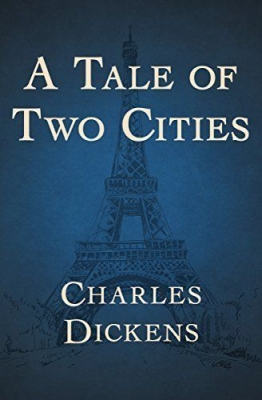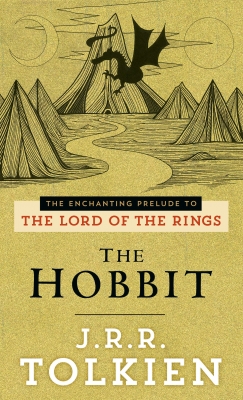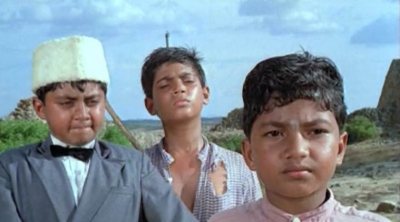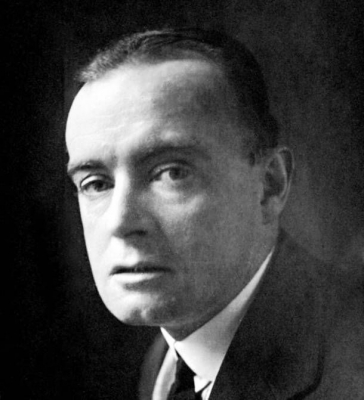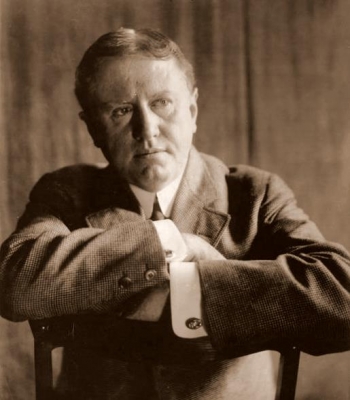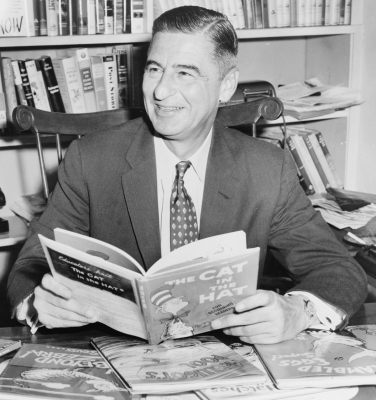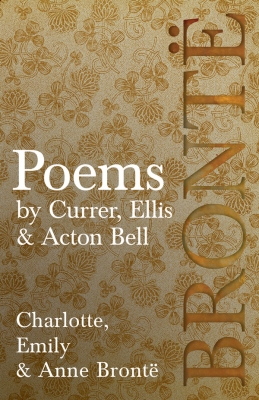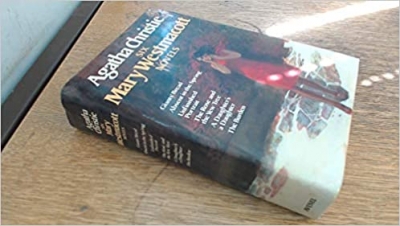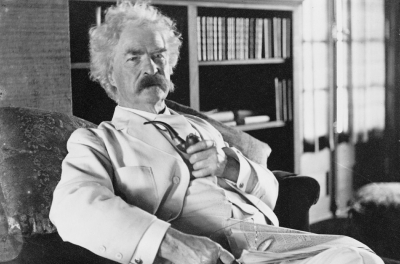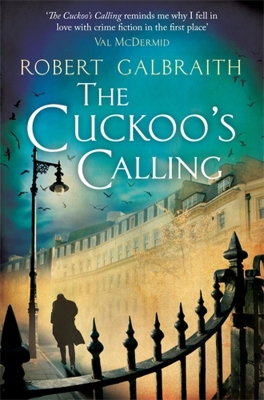On which fictional farm is Anne sent to live with the kind Marilla and Matthew?
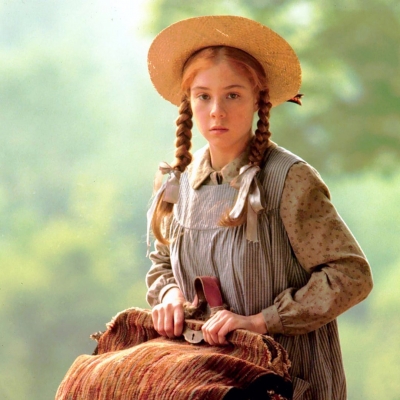
Anne of Green Gables is a 1908 novel by Canadian author Lucy Maud Montgomery (published as L.M. Montgomery). Written for all ages, it has been considered a classic children's novel since the mid-twentieth century.
Anne Shirley, a young orphan from the fictional community of Bolingbroke, Nova Scotia (based upon the real community of New London, Prince Edward Island), is sent to live with Marilla and Matthew Cuthbert, unmarried siblings in their fifties and sixties, after a childhood spent in strangers' homes and orphanages. Marilla and Matthew had originally decided to adopt a boy from the orphanage to help Matthew run their farm at Green Gables, which is set in the fictional town of Avonlea (based on Cavendish, Prince Edward Island). Through a misunderstanding, the orphanage sends Anne instead.
The book has been adapted as films, made-for-television movies, and animated and live-action television series. Musicals and plays have also been created, with productions annually in Europe and Japan.
Picture Credit : Google
